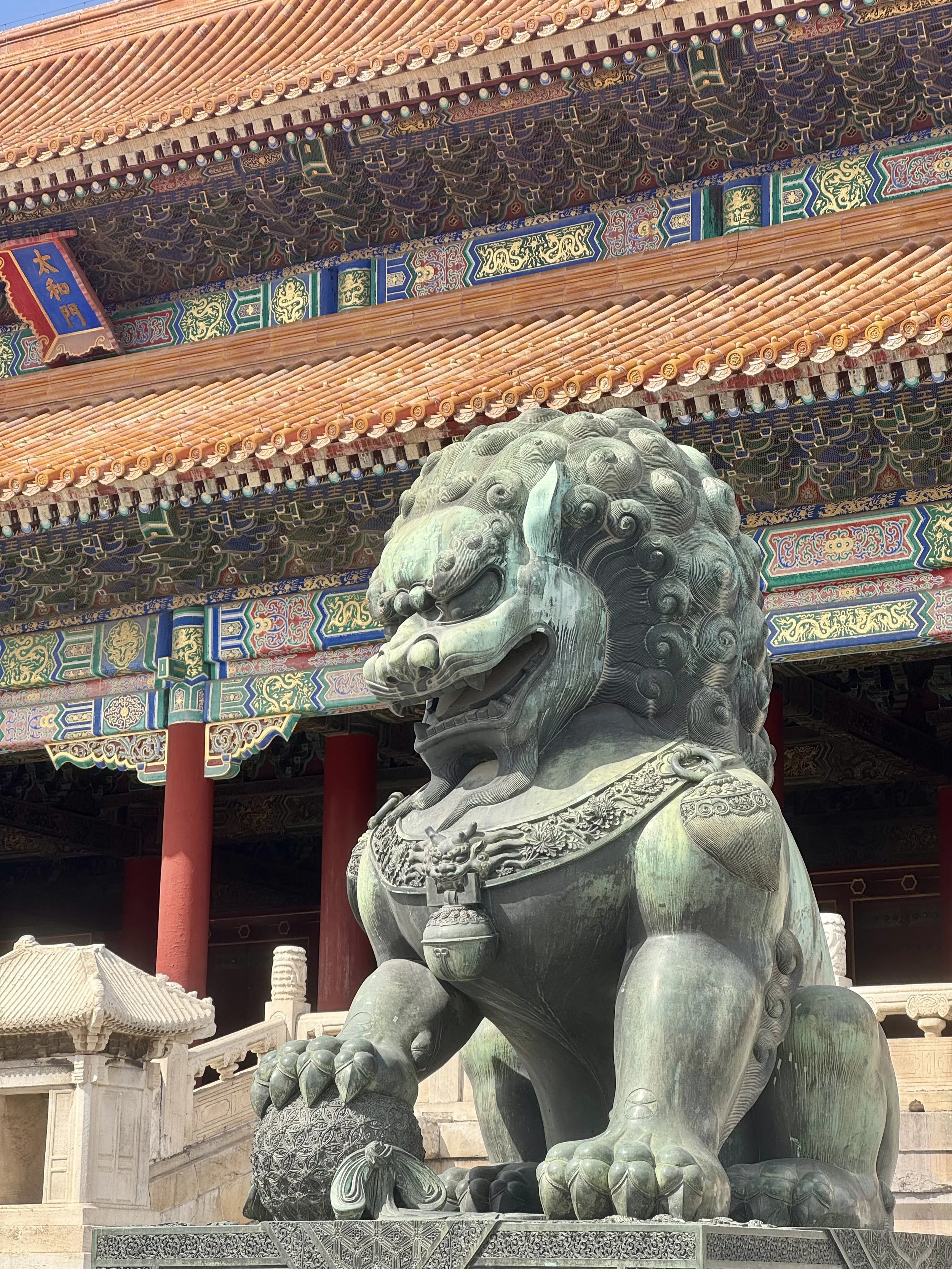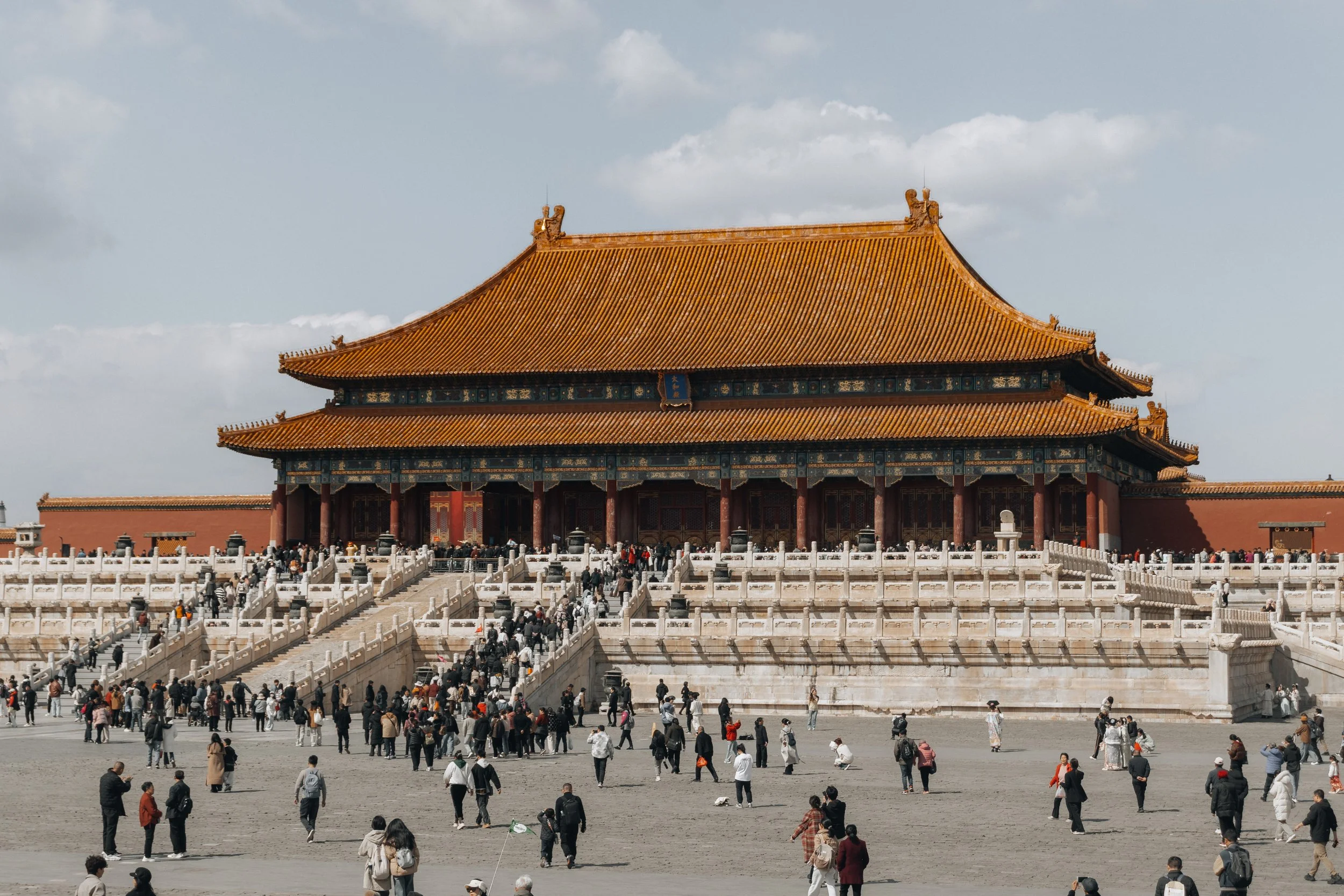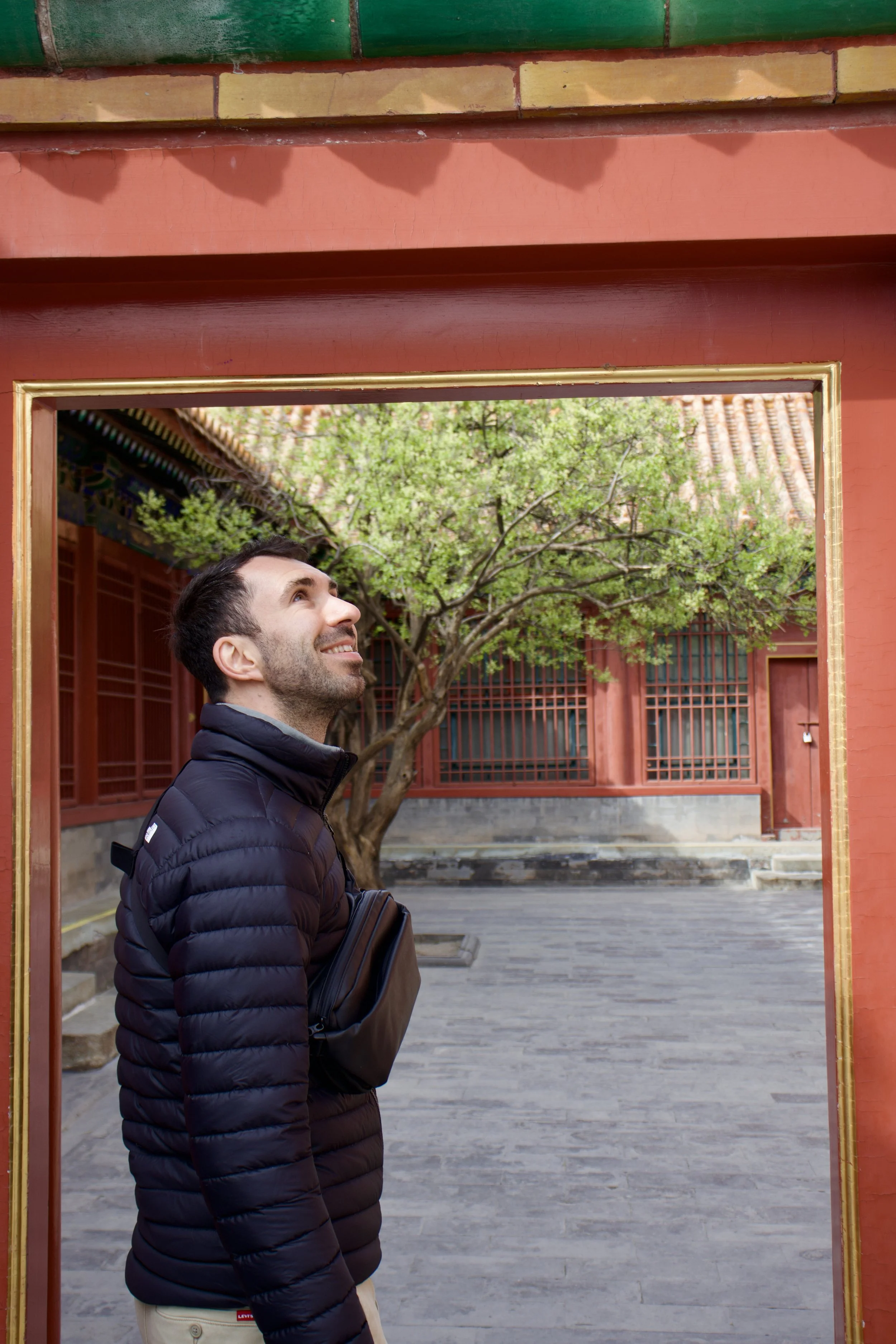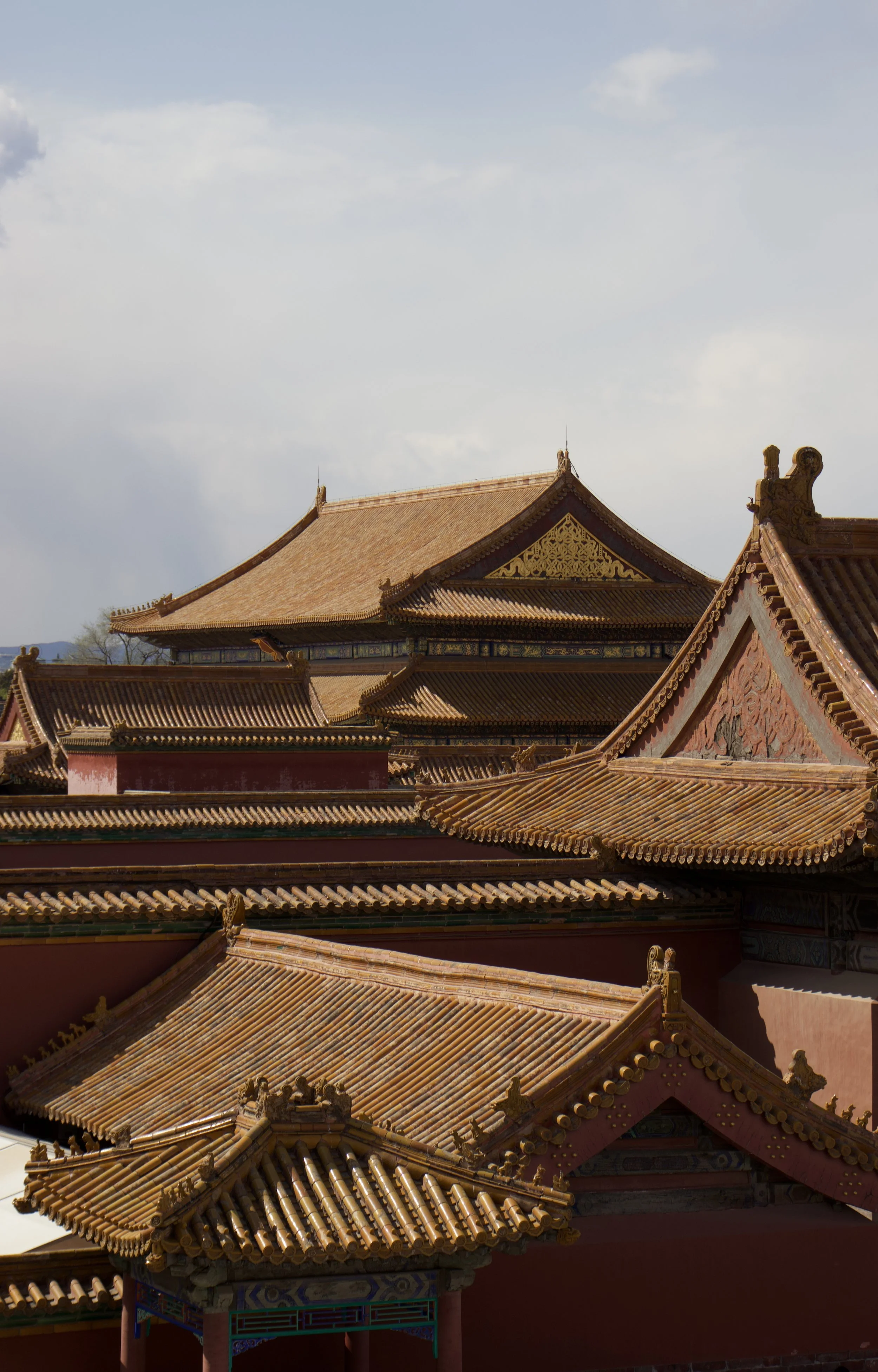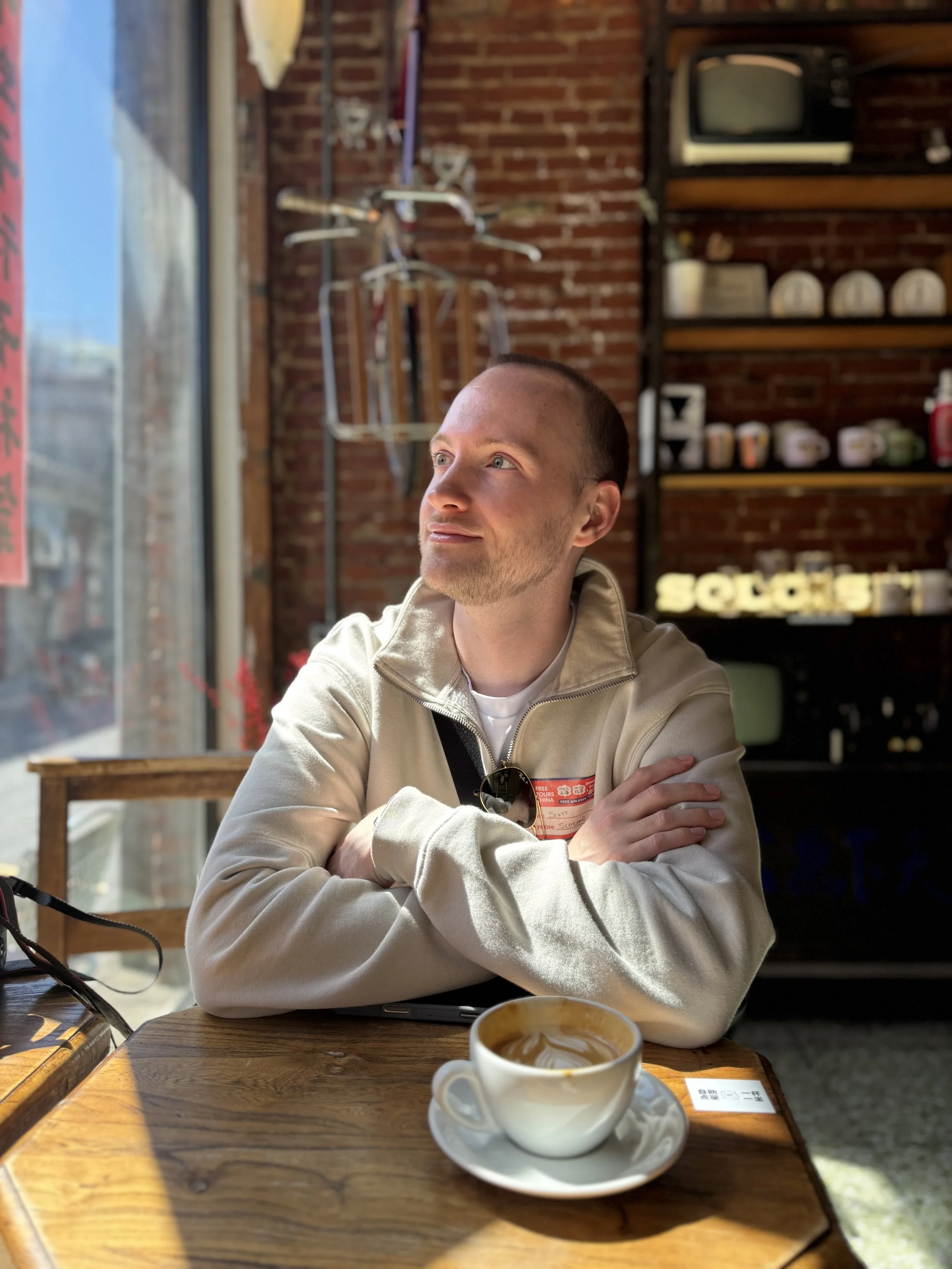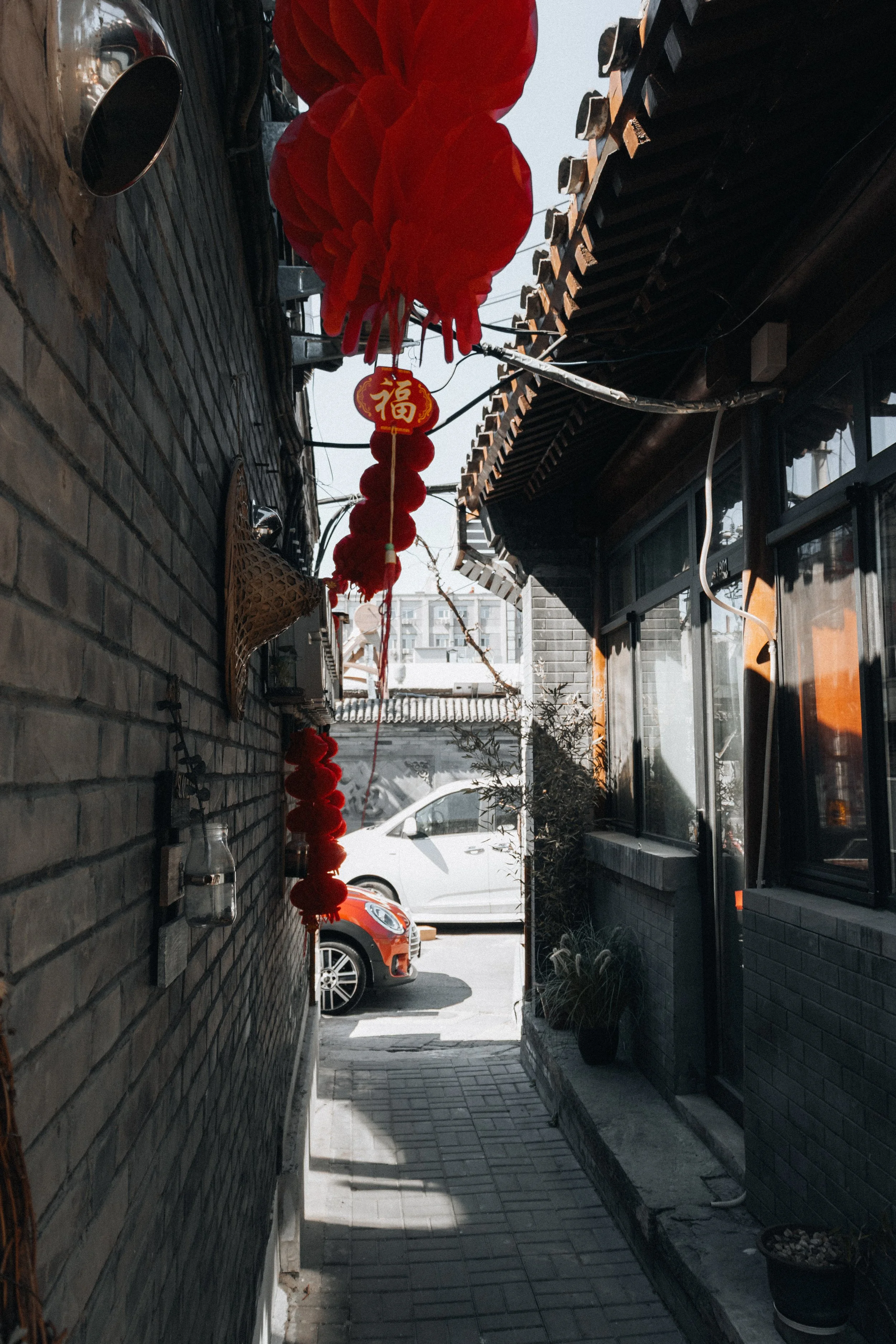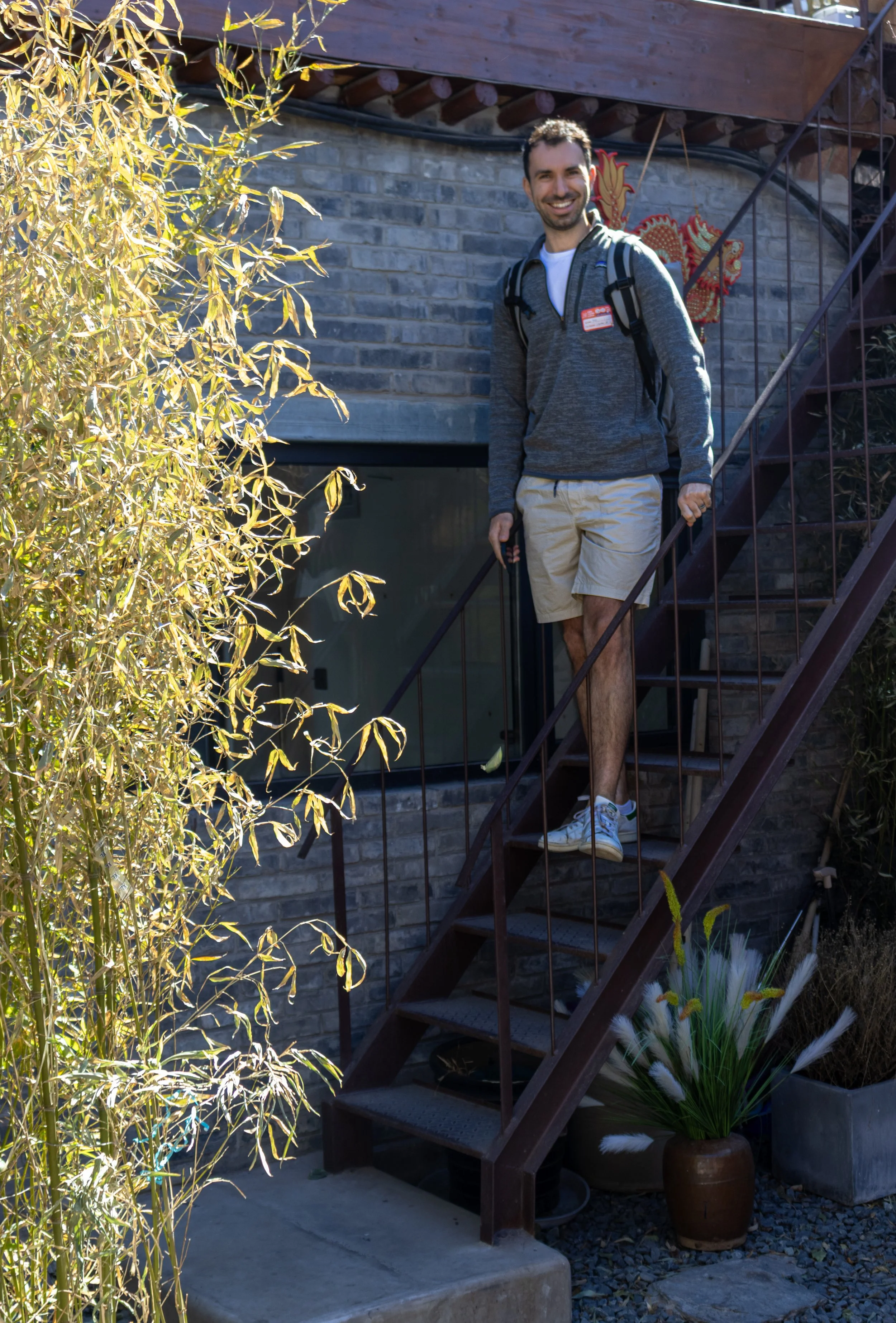5 Things We Have Learned This Week… #10
We’ve officially started our three weeks in China, and it’s probably the biggest cultural shift we’ll experience this year. It’s vast, it’s fascinating, it’s definitely overwhelming, but it’s also been an incredible learning experience. We spent this week in Beijing and then travelled to Xi’an. Here are five things we’ve learned so far.
1. The Forbidden City – A Grand Monument with a Complicated Heart
The Forbidden City is vast. That’s the first thing that hits you when you step inside its towering red walls. It’s a city within a city, stretching out in perfect symmetry along Beijing’s central axis, the invisible line that runs through the capital from north to south, aligning its most important landmarks. This place wasn’t just a palace; it was the very heart of China’s imperial rule for centuries.
Before visiting, we watched The Last Emperor, which tells the story of Puyi, the final emperor to call this place home. It gave us a sense of the grandeur and tragedy that unfolded behind these walls. Standing there, looking out over the endless courtyards and golden rooftops, you can almost imagine what life was like within this enclosed world.
But while the history is undeniably powerful, we found the experience slightly underwhelming. The scale is impressive, the details beautiful but much of it starts to look the same after a while. Compared to other sites in Beijing, it didn’t feel as well preserved. The paint is peeling in places, the crowds are relentless, and while the outer courtyards are grand, they lack the intricate charm we found in smaller historical sites.
Adding to the weight of the experience is its location. Right next to Tiananmen Square, one of the most politically sensitive places in the world. Visiting these two sites back-to-back is a stark reminder of China’s long and complex history, from imperial rule to modern politics.
Would we recommend visiting? Absolutely. But be prepared: it’s as much about absorbing the weight of history as it is about admiring the architecture.
2. Hutongs – Beijing’s Past and Present in a Maze of Alleys
Hutongs are the heartbeat of Beijing, but they’re also a fascinating window into its past. These narrow alleyways, dating back to the Yuan Dynasty (13th century), were once the foundation of Beijing’s neighbourhoods, filled with traditional courtyard homes (siheyuan). Generations of families lived in these shared spaces, creating a strong sense of community. Life in the hutongs revolved around shared experiences with open courtyards, communal kitchens, and, notably, public toilets.
Before the 2008 Olympics, many hutong areas lacked modern plumbing, and public toilets were just a part of daily life. The government pushed to modernise them before the world arrived, bringing significant changes to these once deeply local spaces. Today, the older, communal way of life still exists in some pockets, but many hutongs have undergone gentrification. Trendy coffee shops, boutique hotels, and high-end bars now sit alongside family-run dumpling stalls and weathered mahjong tables.
Walking through these alleys, we saw both sides of this transformation. Some still had the charm of everyday Beijing life with locals chatting outside their homes, bicycles stacked against grey brick walls, and the occasional glimpse into a traditional courtyard home. But others felt like they had been curated for visitors, more of a themed attraction than a living, breathing neighbourhood.
Ash organised a walking tour and experiencing the hutongs was a highlight of our time in Beijing. It’s where Beijing’s soul truly resides, and while the city around them continues to change, these alleys still tell the story of its past, one winding street at a time.
3. Transport in China is the Dream (And DiDi is a Game-Changer)
China’s transport system is phenomenal. High-speed trains that make the UK’s rail system look like a toy set, metro networks that are vast yet flawlessly efficient, and DiDi - the ride-hailing app that makes Uber look like an overpriced scam.
Taking a high-speed train in China is an experience in itself. It’s affordable, perfectly on time, and speeds across the country at 350 km/h without breaking a sweat. Yes, these are way faster than Japan’s Shinkansen! Meanwhile, the metro in every major city is clean, cheap, and easy to navigate even for non-Mandarin speakers.
Then there’s DiDi, which quickly became our best friend. It’s faster, cheaper, and overall just better than Uber. A 30-minute ride that would cost a small fortune in London? Here, it barely dents the wallet. And unlike the constant surge pricing and mysterious “unavailable” drivers we’ve dealt with back home, DiDi is reliable and always available.
Every time we compared China’s transport to the UK, we just laughed. Imagine if British trains ran on time, didn’t cost half a month’s rent, and weren’t constantly cancelled. Imagine if the tube was spacious and cheap instead of an overpriced, overheated nightmare. That’s China’s transport system. We’re officially jealous.
4. The Sights Are Incredible, but We Didn’t Love the Cities
Beijing was an incredible place to start our time in China. The sights were proper bucket-list experiences - the Forbidden City, the Summer Palace, the Temple of Heaven, the Great Wall. Every single one was breathtaking and packed with history, making for an unforgettable start to our journey. (We’ll talk about more about this in our China blog post, which is coming soon!)
But did we love the city itself? Not really. It’s massive, chaotic, and felt a little impersonal at times. The energy was intense, which made for an exciting visit, but it wasn’t somewhere we felt particularly connected to. Then we arrived in Xi’an, and that feeling intensified - we couldn’t wait to leave. This moment was a game changer for our travel this year. The historical sites were impressive, but the city itself felt overwhelming in a way that just didn’t click for us.
This doesn’t mean we didn’t appreciate these places - far from it. But it was an important reminder that even when a destination is packed with world-famous sights, it doesn’t always resonate on a deeper level. And that’s okay.
5. Manners Mean Different Things in Different Places (Especially to Brits)
Ah, manners. A topic that comes up a lot when travelling. And China? It’s been a whole new experience.
Queuing? Sometimes it’s optional. Personal space? Not really a thing. Loud conversations? Completely normal. It’s not rude per se, it’s just different. But for two Brits raised on the idea that a well-timed “sorry” can solve most of life’s problems, it’s been an adjustment.
That said, we’ve also been met with incredible kindness. Strangers have gone out of their way to help us with directions (often using elaborate gestures and translation apps). Kids have randomly asked to talk to us and take photos. And yes, there have been a few elbows thrown in train stations but hey, that’s just part of the experience.
Lesson: The world doesn’t operate by one set of social rules. And if someone cuts in front of you at the metro? Just roll with it. Or, if you’re truly British, at least mutter something under your breath.
Final Thoughts
China has been a whirlwind so far, full of history, surprises, and the occasional culture shock. But that’s what travel is all about, right? Next up: More adventures, more unexpected lessons, and hopefully, a few more dumplings. Next week we’ll continue to explore Xi’an and then travel to Chengdu (the home of the Pandas!). Have you been to China? Would you like to go? Did you have any similar experiences? Let us know in the comments.

